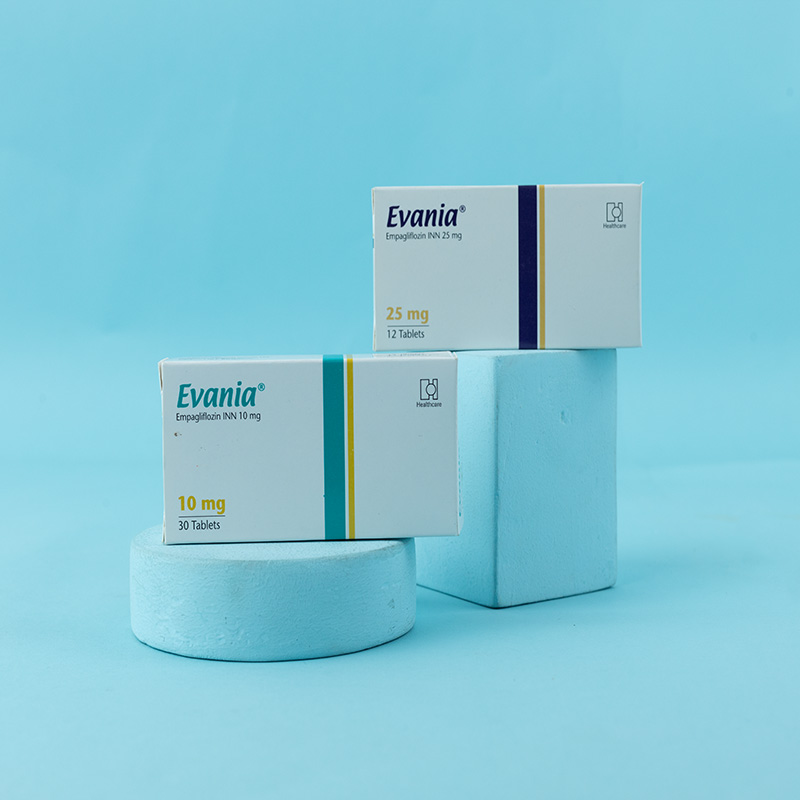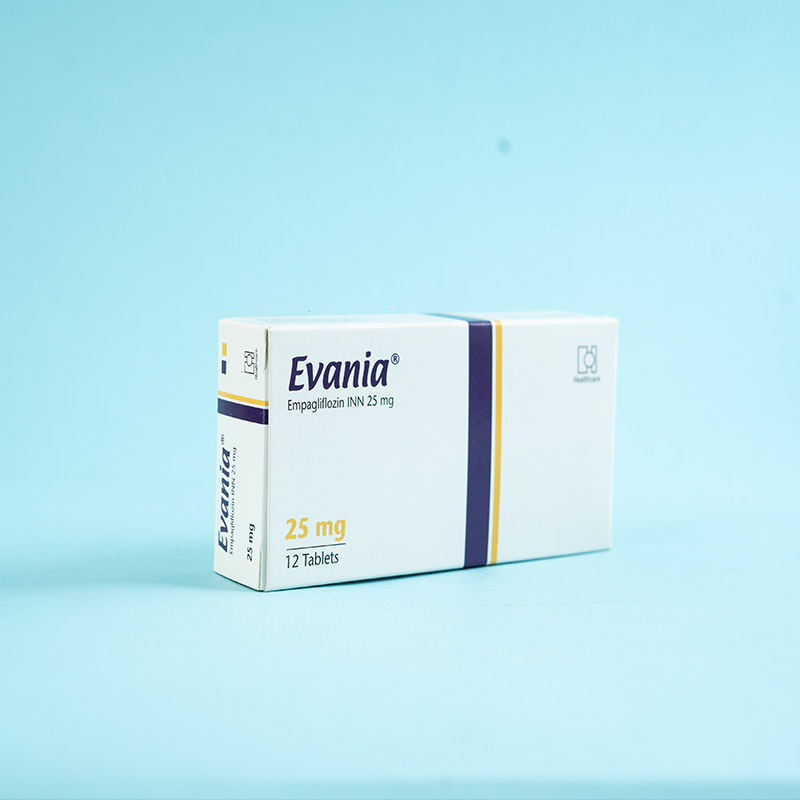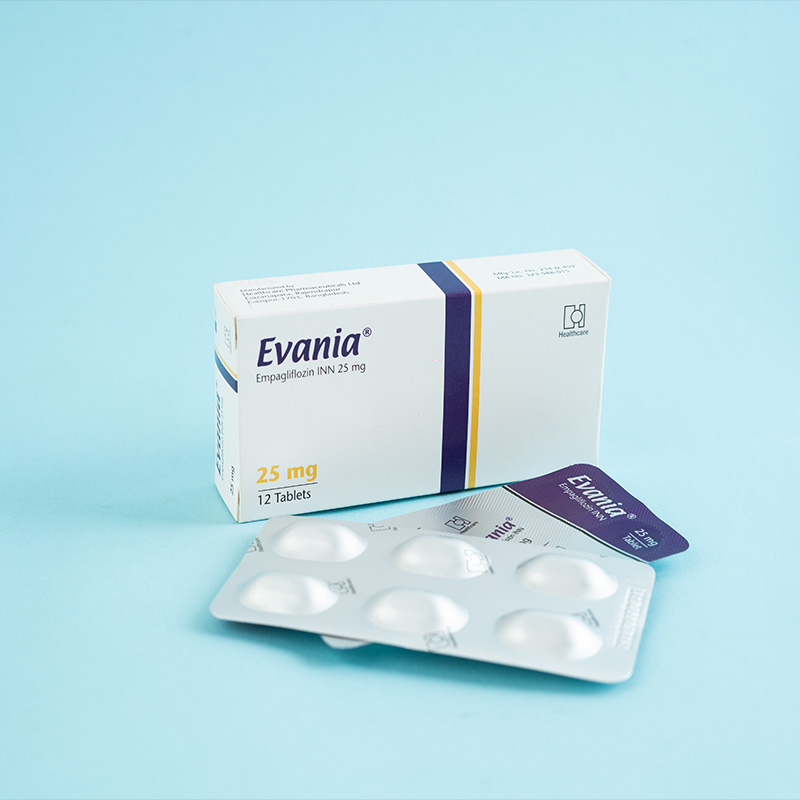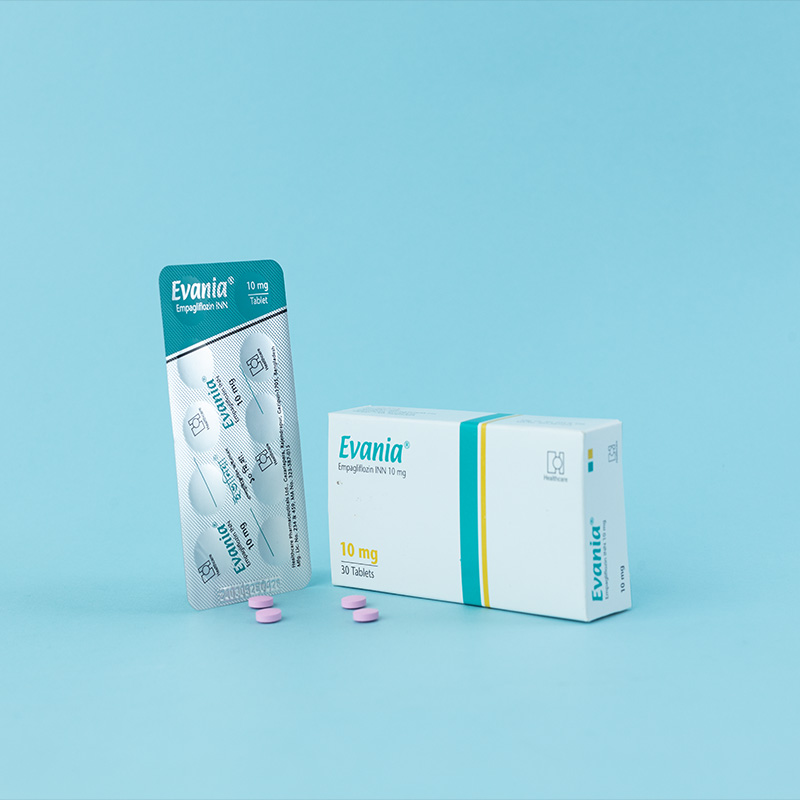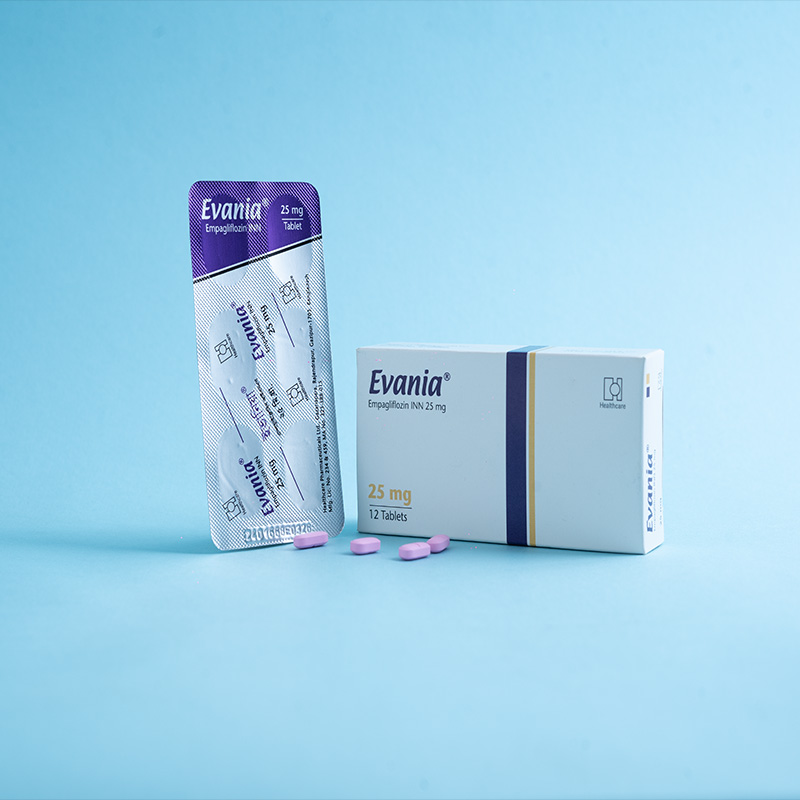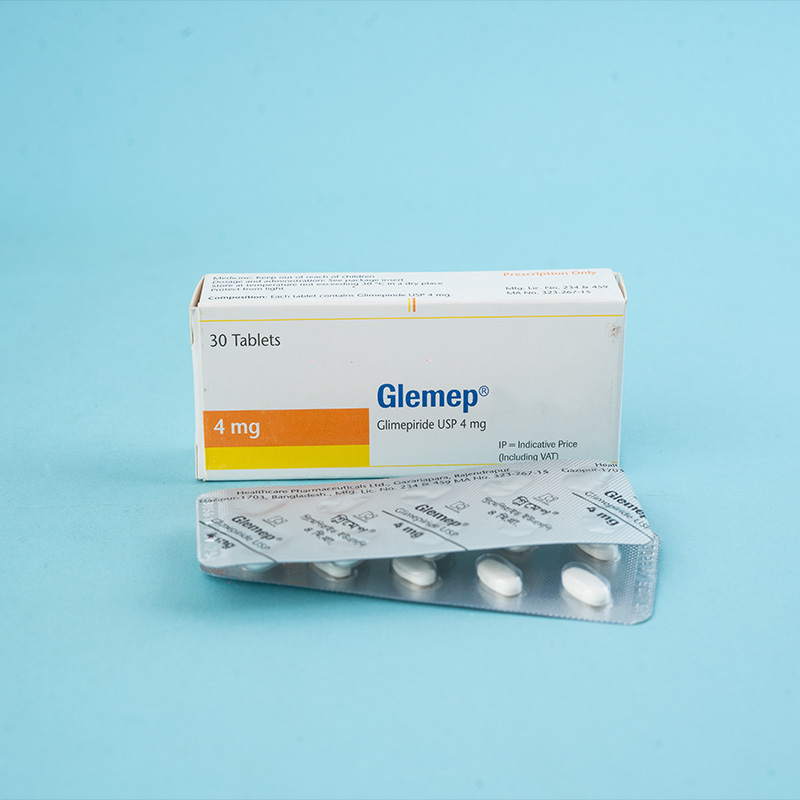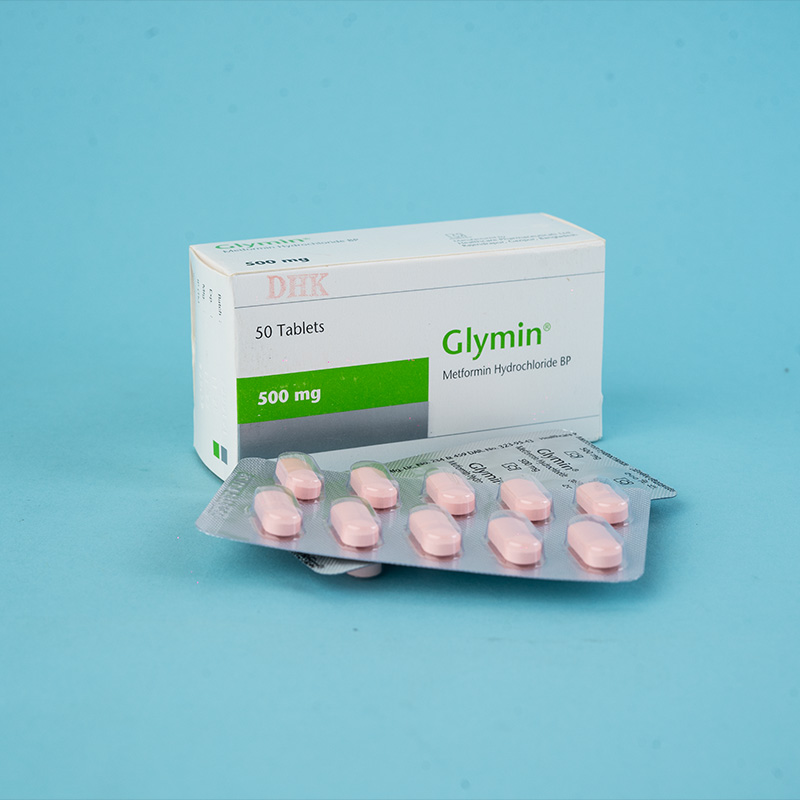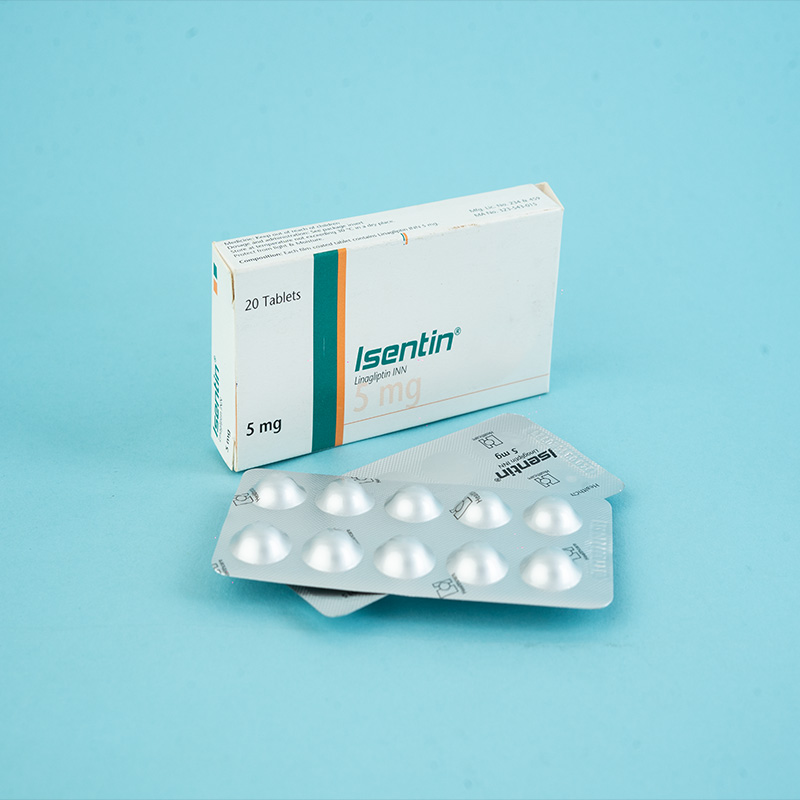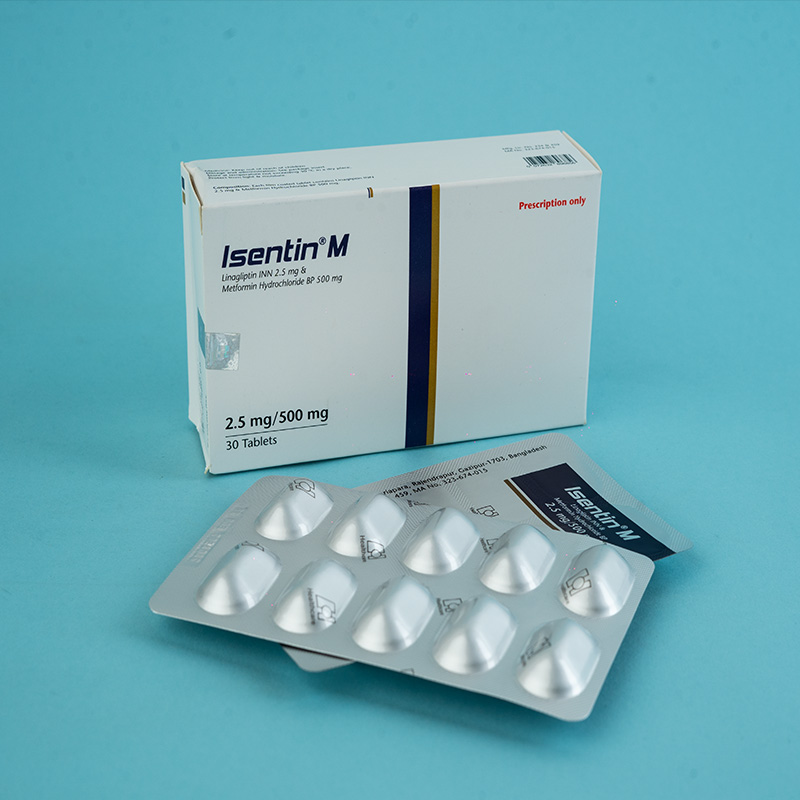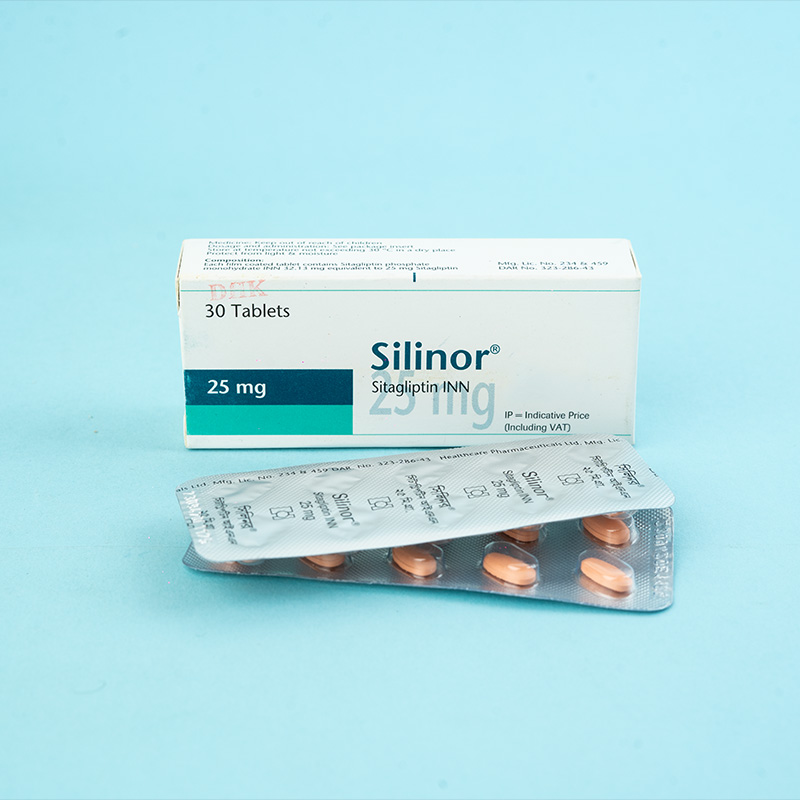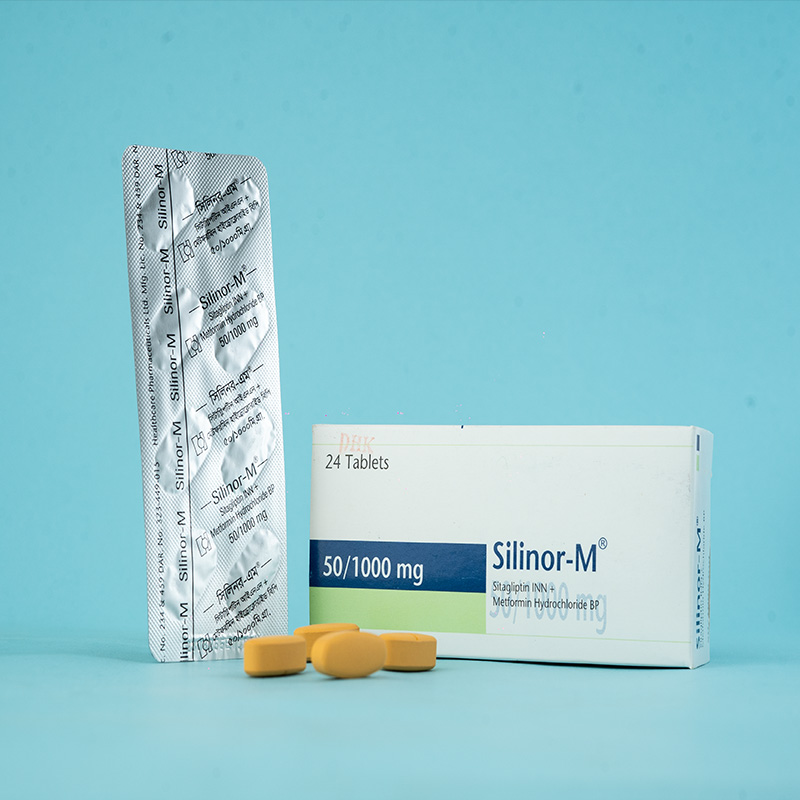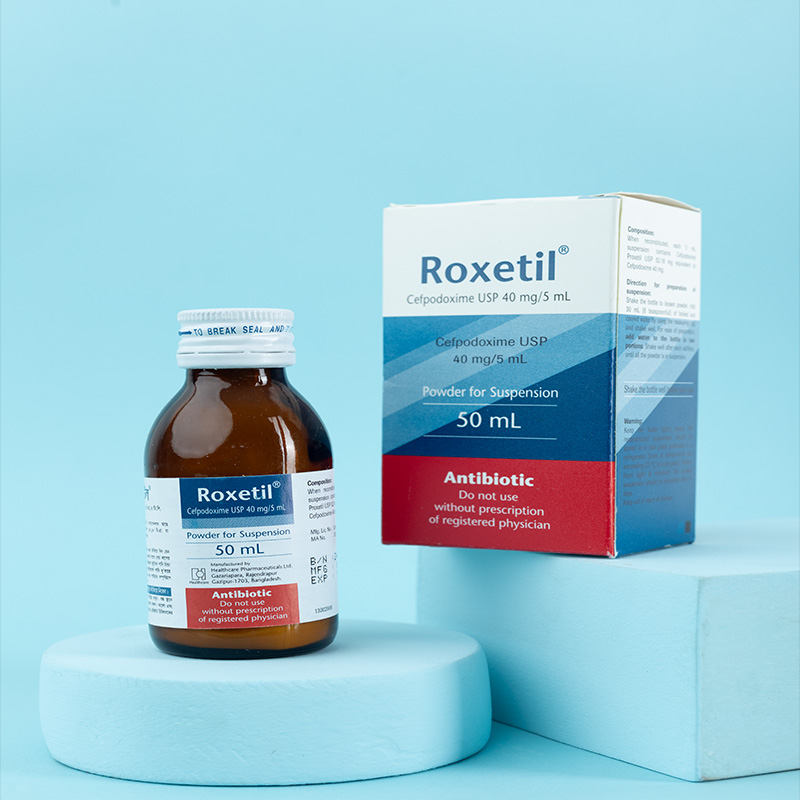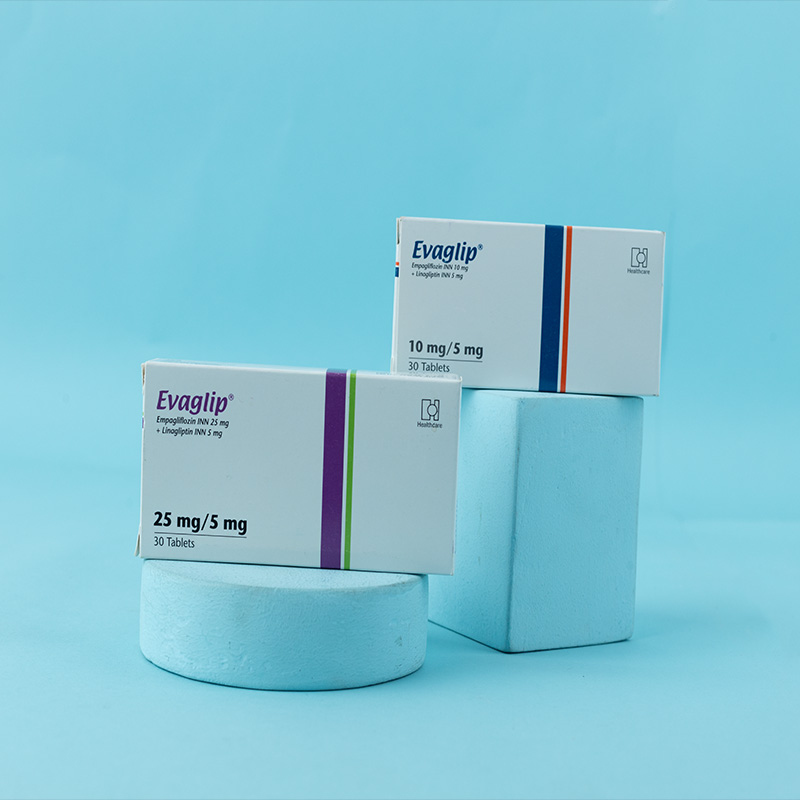As an adjunct to diet and exercise to improve glycemic control in adults with type 2 diabetes mellitus. To reduce the risk of cardiovascular death in adult patients with type 2 diabetes mellitus and established cardiovascular disease.

The usual recommended starting dose of Empagliflozin is 10 mg once daily in the morning. The dosage can be increased to 25 mg once daily. Empagliflozin may be administered with or without food.

Empagliflozin is contraindicated in individuals with a history of serious hypersensitivity reactions to Empagliflozin or any of its excipients, severe renal impairment, end-stage renal disease, or those on dialysis.

Empagliflozin should not be used in patients with type 1 diabetes or for the treatment of diabetic ketoacidosis. For patients with renal impairment, assessment of renal function is recommended prior to initiating Empagliflozin and periodically thereafter. Empagliflozin should be discontinued if eGFR is persistently less than 45 ml/min/1.73 m². Cases of hepatic injury have been reported with Empagliflozin in clinical trials. Osmotic diuresis accompanying therapeutic glucosuria may lead to a modest decrease in blood pressure; therefore, caution should be exercised in patients with known cardiovascular disease or those on antihypertensive therapy with a history of hypotension. In cases of conditions that may lead to fluid loss (e.g., gastrointestinal illness), careful monitoring of volume status and electrolytes is recommended. Temporary interruption of treatment with Empagliflozin should be considered until fluid loss is corrected. A temporary interruption of Empagliflozin should also be considered in patients with complicated urinary tract infections.

Severe allergic reactions may occur, though their frequency is unknown. Rarely, diabetic ketoacidosis and dehydration have been observed. Common side effects include low blood sugar (hypoglycemia) and urinary tract infections.

There are no adequate and well-controlled studies in pregnant women, except when the potential benefits justify the potential risks to the fetus. It is not known whether Empagliflozin is excreted in human milk, so it is not recommended during breastfeeding.

The safety and effectiveness of Empagliflozin in pediatric patients under 18 years of age have not been established.

Empagliflozin may enhance the diuretic effect of thiazide and loop diuretics, increasing the risk of dehydration and hypotension. Insulin and insulin secretagogues, such as sulfonylureas, may increase the risk of hypoglycemia; therefore, a lower dose of insulin or an insulin secretagogue may be required when used in combination with Empagliflozin.

In the event of an overdose, contact a physician as soon as possible.

Store at a temperature not exceeding 30ºC in a dry place. Protect from light and moisture.


